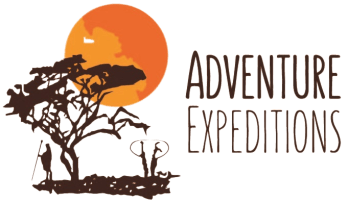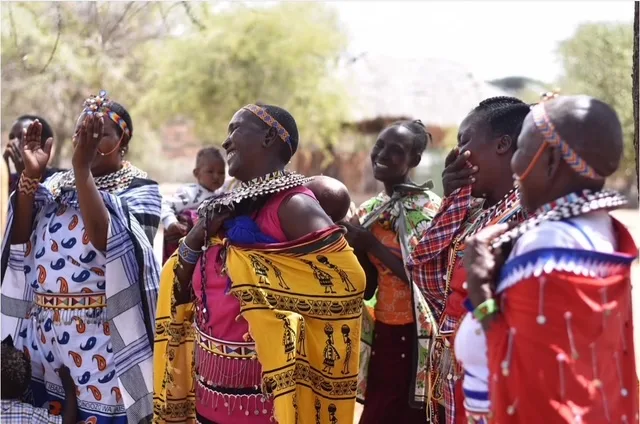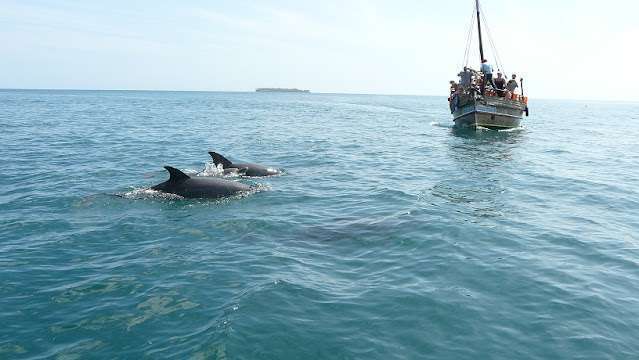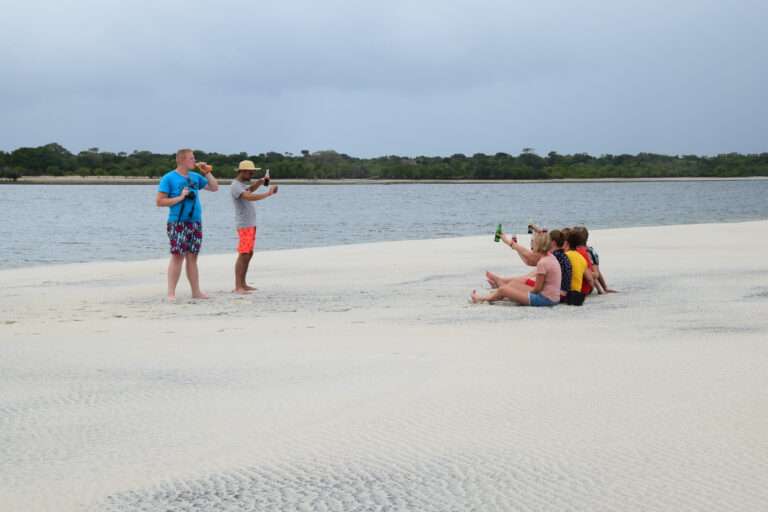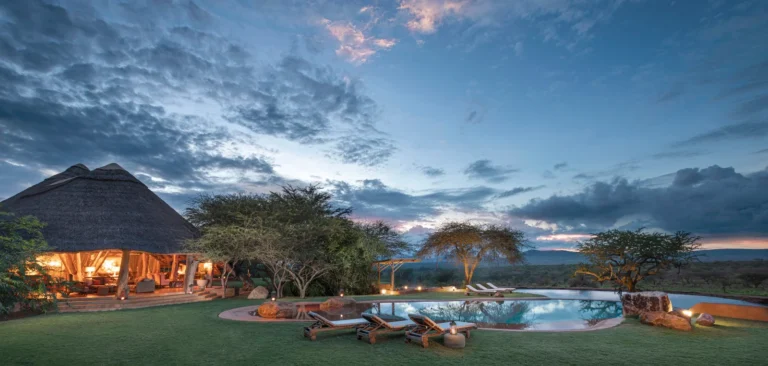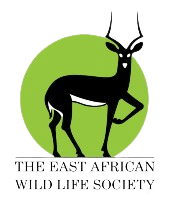- Home
- Destination
- Safaris
- Kenya
- 10 Days around Mount Kenya
- 7 Days Great Rift Bike Safari
- 7 Days Best of Birding Safari
- 7 Days Lake Turkana Safari
- 13 Days Kenya’s Historic Railway
- 14 Days Kenya’s Rift Valley Lakes
- 8 Days at the Beautiful Diani Beach
- 8 Days South Coast & Tsavo East
- 12 Days Photographic Safari
- 10 Days Beach Safari from Diani to Lamu
- 8 Days Kenya Horizon
- 12 Days Across Kenya
- 10 Days Flying Safari Amboseli and Northern Kenya
- Tanzania
- Uganda
- Rwanda
- Kenya
- About Us
- Travelling Tips
- Gallery
- Blog
- Home
- Destination
- Safaris
- Kenya
- 10 Days around Mount Kenya
- 7 Days Great Rift Bike Safari
- 7 Days Best of Birding Safari
- 7 Days Lake Turkana Safari
- 13 Days Kenya’s Historic Railway
- 14 Days Kenya’s Rift Valley Lakes
- 8 Days at the Beautiful Diani Beach
- 8 Days South Coast & Tsavo East
- 12 Days Photographic Safari
- 10 Days Beach Safari from Diani to Lamu
- 8 Days Kenya Horizon
- 12 Days Across Kenya
- 10 Days Flying Safari Amboseli and Northern Kenya
- Tanzania
- Uganda
- Rwanda
- Kenya
- About Us
- Travelling Tips
- Gallery
- Blog
Lake Nakuru National Park
HIGHLIGHT
Lake Nakuru was first gazetted as a bird sanctuary in 1960 and upgraded to National Park status in 1968. The Park has Kenya’s largest population of rhinos. The surface of the Lake Nakuru occupies about a third of the park.
Overview
How to get there
What to See & Do
Climate
Map
Overview
Background Information
Lake Nakuru National Park is renowned as a bird sanctuary with over 400 bird species, including huge flocks of flamingoes and many other water birds. It is an excellent park for wildlife spotting and is home to many water-loving animals such as hippos and waterbucks. A safari to Lake Nakuru National Park can be completed in one day or combined with a visit to Lake Naivasha and the nearby Aberdare National Park.
Lake Nakuru National Park was established in 1961. It now covers an area of 180km² (69.5 square miles) and is situated in the Great Rift Valley – 156km northwest of Nairobi in the Nakuru district of the Rift Valley Province. The park is managed by the Kenya Wildlife Service.Lake Nakuru is a large, shallow lake surrounded by marshes, woodland and grassland. There are some rocky outcrops and the largest euphorbia forest in Africa on the eastern side. The lake is fed by three main rivers; the Njoro, the Makalia and the Enderitrivers, as well as several springs. The park has very good roads and some excellent viewpoints overlooking the lake from Baboon Cliff and Lion Hill.The lake supports the blue-green Cyanophyte Spirulina Platensis, which is the main food source for the brilliant pink flamingoes that can be found wading on the lake’s edge. At times, there can be up to two million greater and lesser flamingoes and tens of thousands of other birds. Food conditions change periodically, and the number of birds fluctuates at times so, if possible, you should check with the national park before making a long journey to view the birds. It is also a good idea to carry a spotter’s guide to identify the many animals and Kenya birds you will see here.Lake Nakuru National Park also offers sanctuary to huge numbers of native African animals including waterbucks, warthogs, impalas, buffalo, Rothschild giraffes, elands, endangered black rhinos, white rhinos and, occasionally, leopards. A large herd of hippos have a territory in the northern part of the lake, making for interesting game viewing.
How to get there
By Road: The park has a tarmac road connection with Nairobi, a distance of 156 km north west of Nairobi on the main A104 road. The most commonly used route into the park is via the main gate, 4 km from Nakuru Town Centre. It is also possible to enter the park from the main Nairobi Nakuru road at Lanet Gate. The Nderit Gate is used by people accessing the park from Masai Mara or Elementaita.
Airstrips: The Naishi airstrip services the park for tourism and KWS activities.
Park Roads: The park has an adequate and well serviced motorable roads that make most parts of the park accessible.
Park Gates: The park has three gates, Main Gate and Lanet Gate that link the park with the Nairobi-Nakuru highway and the less used Nderit Gate.
What to See & Do
The Lake Nakuru National Park was created to protect the huge flamingo population. On the bank, waterbucks, Bohor-Reedbuck and zebras wander around grazing. Lake Nakuru is home to the black and white rhinoceros, In 1987 only two black rhinoceroses had remained because of devastating effects of poaching. By establishing a rhinoceros protected area within the park and crossing with a breeder from Laikipia, the Kenya Wildlife Service (K.W.S.) succeeded in multiplying rhinoceros successfully in the park. Wild observation is relatively easy and will be possible until sunset. Buffalo, Leopard, Lion, Rothschild giraffe, Colobus can be found in the forest
Climate
The climate around the lake ranges from cool to hot and humid. The annual rainfall is 965mm which is lower than many other parts of Kenya. The wettest months are March to May and October to December, but even at these times it is not as rainy as other areas.
Map
Example Trips
Book Your Safari
Browse our example trips and get in contact to start planning your very own adventure.
Our Stories
© 2025 Copyright Adventure Expeditions
